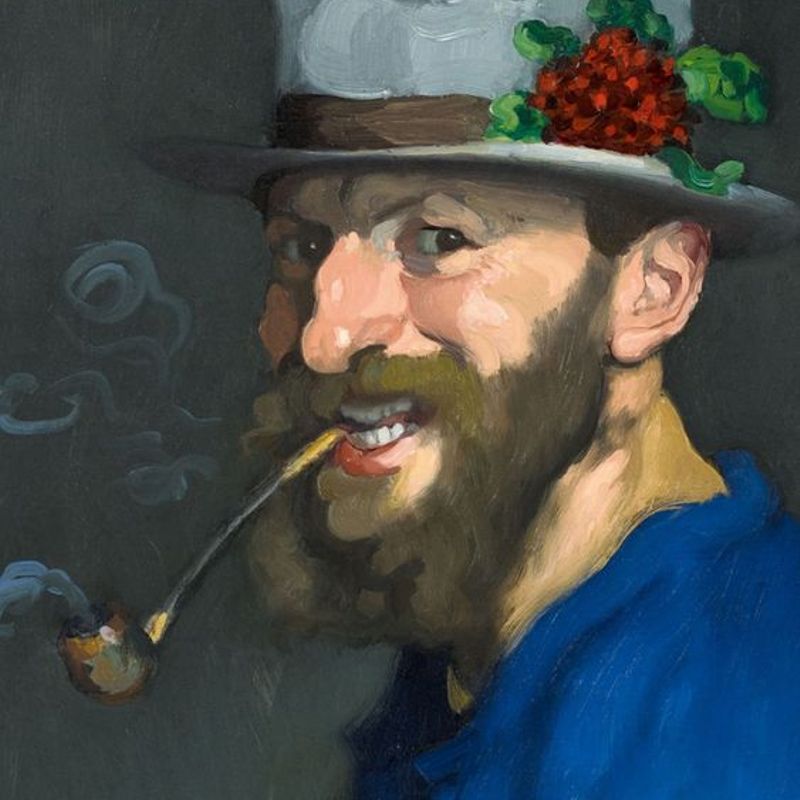Ukiyo-e
Ukiyo-e, which translates “pictures of the floating world,” is a Japanese artistic genre that flourished between the 17th and 19th centuries. Mostly formed as woodblock prints, Ukiyo-e art catered to the period’s growing urban merchant class, which, although economically well-off, was at the bottom of the social hierarchy defined by Tokugawa military government. This class was separated in Japan’s cities creating busy, commerce-centric areas full of pleasure (be it entertainment or sexual) for sale. Ukiyo-e prints of courtesans, kabuki actors, sumo wrestlers, and erotica sold well to these merchants and artists found a new opportunity to portray the daily life around them. Ukiyo-e’s large, flat shapes, limited shading, and unapologetic lines greatly influenced Western art movements that sought detachment from academic European sensibility. Impressionists, Post-Impressionists, and Art Nouveau artists all cited Ukiyo-e prints as influential to their practice.
Editorial (3)

“The Great Wave” Was Meant to Go Viral
In our series Why Is This Famous?, we aim to answer the unanswerable: How does a work actually enter the public consciousnes…

When “Japonisme” Swept Europe
(Check out this article’s corresponding playlist, featuring Impressionist work juxtaposed with their ukiyo-e inspiration.)…

Sticks & Stones: Ink
In our series Sticks & Stones, we take a deep dive into medium. Each installment features one of art history’s most sign…
Artists (6)

Utagawa Hiroshige
Japanese, 1797–1858
Louis Anquetin
French, 1861–1932
Utagawa Kuniyoshi
Japanese, 1797–1861Playlists (5)



Katsushika Hokusai: Featured Works


